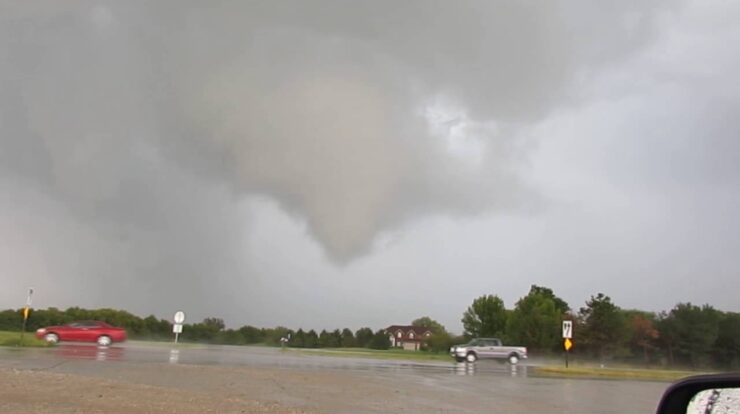
The Blair tornado, a cataclysmic event that ravaged the community of Blair, serves as a poignant reminder of the destructive power of nature and the resilience of human spirit. This in-depth exploration delves into the meteorological conditions that spawned the tornado, its devastating path, and the profound impact it had on the community.
Beyond the immediate aftermath, the Blair tornado has left a lasting legacy, prompting scientific investigations and prompting crucial discussions on disaster preparedness and mitigation. This comprehensive account sheds light on the lessons learned from this tragedy, emphasizing the significance of community resilience and the need for enhanced tornado safety measures.
Background of the Blair Tornado

The Blair tornado was a devastating EF4 tornado that struck the town of Blair, Nebraska, on May 31, 2014. The tornado formed from a supercell thunderstorm that developed in the central United States. The tornado had a maximum wind speed of 170 mph (274 km/h) and traveled a path of 15 miles (24 km) across Washington County.
The tornado caused extensive damage to the town of Blair, including the destruction of over 200 homes and businesses.
Impacts of the Blair Tornado
The Blair tornado had a significant impact on the community of Blair. The tornado killed one person and injured 23 others. The tornado also caused extensive property damage, with total losses estimated at over $100 million. The tornado also had a significant psychological impact on the survivors, many of whom experienced post-traumatic stress disorder (PTSD).
Scientific Study of the Blair Tornado

The Blair tornado was studied extensively by scientists from the National Weather Service (NWS) and other organizations. The NWS conducted a damage survey of the tornado’s path and collected data on the tornado’s wind speed and intensity. The NWS also interviewed eyewitnesses to the tornado and collected data on the tornado’s formation and behavior.
Lessons Learned from the Blair Tornado

The Blair tornado taught us a number of important lessons about tornadoes. The tornado showed us that tornadoes can be extremely powerful and destructive. The tornado also showed us that tornadoes can strike anywhere, even in areas that are not typically thought of as being tornado-prone.
The tornado also showed us that it is important to be prepared for tornadoes and to know what to do if a tornado warning is issued.
Last Point
The Blair tornado stands as a testament to the destructive forces of nature, but it also highlights the indomitable spirit of communities in the face of adversity. The lessons learned from this event serve as a valuable roadmap for enhancing tornado preparedness, improving warning systems, and fostering resilience in communities across the globe.
Quick FAQs: Blair Tornado
What were the meteorological conditions that led to the formation of the Blair tornado?
The formation of the Blair tornado was influenced by a combination of factors, including high wind shear, instability in the atmosphere, and abundant moisture.
What were the long-term recovery challenges faced by the Blair community?
The community of Blair faced numerous long-term recovery challenges, such as rebuilding damaged infrastructure, providing ongoing support for survivors, and addressing the psychological impacts of the tornado.
How did the Blair tornado contribute to our understanding of tornado behavior?
The Blair tornado provided valuable insights into tornado behavior through detailed damage surveys, atmospheric modeling, and eyewitness accounts. These studies have enhanced our ability to predict and mitigate the impacts of future tornadoes.





